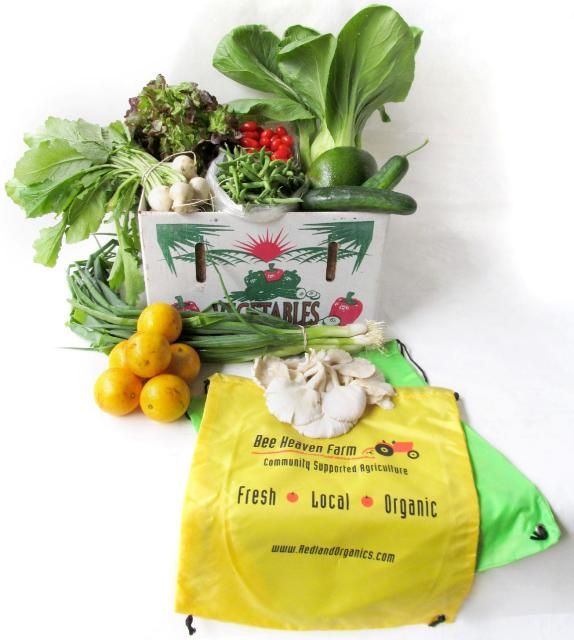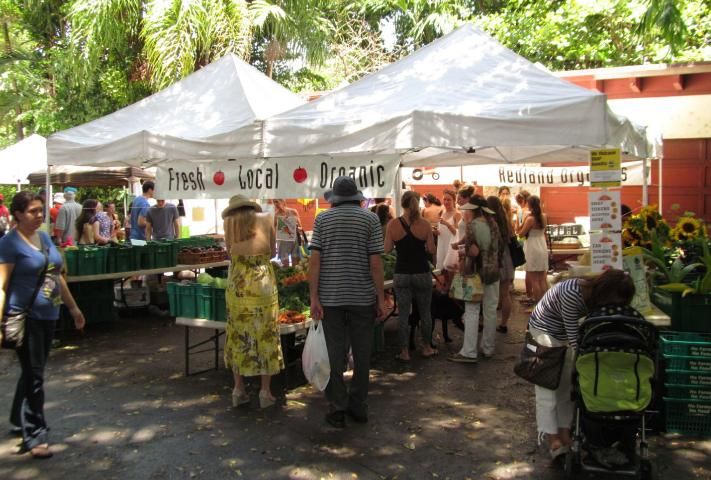The production and consumption of locally grown foods has been increasing dramatically in recent years, especially with regards to fresh produce such as vegetables consumed mostly as salads. Among other factors, this is due to consumer desire for freshness, food safety issues, and concerns about the carbon footprint associated with food sourced from distant places. A recent survey conducted by the National Grocers Association (2011) found that more than 85% of customers surveyed expressed a strong preference for grocery stores that carry items from their local producers. As many as 1,500 chefs nationally ranked local foods as the top restaurant industry (Bruce 2011), and more than 2,000 schools across the country have developed farm to school initiatives (National Farm to School Network n.d.). In addition, more than 7,000 US cities and towns have established farmers markets (USDA 2009). In recent years there has been a strong effort in the United States to further promote and reinforce the linkages between local food production and consumption. For example, in 2009 the USDA launched the Know Your Farmer, Know Your Food (KYF) initiative aimed at increasing local economic activities in food-related sectors of the economy in order to help communities build and maintain prosperity. This program has demonstrated that local or regional food systems can play a key role in helping to drive job growth in agriculture, increase entrepreneurship opportunities in rural communities, and expand consumer choice, all while increasing access to safe and healthy food sources (USDA 2012). This publication promotes local vegetable consumption by pointing out some of the advantages, benefits, and business opportunities associated with local vegetable production and consumption. The targeted audiences of this article are food crop producers, consumers, business managers, extension agents and specialists, and government policy makers.
What is a local vegetable production and marketing system?
The terms "local" and "regional" vegetable systems are often used interchangeably, depending on geographic, social, governmental, physical, and economic parameters and seasonality. Both terms refer to a specific location where all of the activities associated with producing, processing, distributing, and marketing vegetables are carried out (USDA 2012). Among products, there is not a clear distinction between local and non-local vegetable systems, but local communities play an important role in building local vegetable systems from production to sales in local markets. Such systems place a great emphasis on transparency in the relationship between producers and consumers. With these systems, such as fruit and vegetable stands and U-picks, producers know who their consumers are and what they need. Similarly, consumers become familiar with the growers and their produce and know where, when, and how a particular commodity is produced, processed, and handled. The grower's reputation with regards to food safety and quality of the product and consumers' trust in production and delivery become key factors for the sustainability of the operation. This is especially important for vegetables because timing is critical to maintaining freshness throughout production and handling to the consumer's plate. It is important to point out that "local" does not imply "organic" or "non-GMO" (non-genetically modified)—it only refers to a location or region.
Local Vegetable Supply is an Important Component of a Diverse Industry
Many consumers are interested in knowing where their vegetables come from and in connecting with the producers who grow the fresh salad on their tables for reasons of food security and safety. In return, producers can take advantage of the business opportunities that present themselves and know that many consumers are willing to pay a premium if they know about the local origin of their vegetables. Such communications become important in light of the fact that the farming population has shrunk considerably. Only 1% of our population lives on farms nowadays, compared to 40% in 1900 (USDA 2012).
Local vegetable systems can benefit farmers from socially disadvantaged groups, such as minority, women, and Native American growers, who may lack the experience, networking connections, or capital to access large markets. Local vegetable systems can offer these groups opportunities to remain on the land, keep their traditional cultures, and build their financial security.
Supporting Local Vegetable Industry by Consuming Their Produce
The growth of consumer demand for local produce can stimulate job opportunities and generate local revenues because the infrastructure requires more employees to meet the increased need for new farm jobs in management, production, processing, and marketing. The USDA Economic Research Service finds that on the farm, local vegetable systems can generate 13 full-time operator jobs per $1 million in revenue earned—a total of 61,000 jobs nationwide in 2008 (USDA 2012). In contrast, farms that do not sell into these markets generate only three full-time operator jobs per $1 million in revenue. The difference may be related to the production of a wider variety of crops, requiring more employees for packing, processing, and management on the farm for local vegetable systems compared to non-local ones. Wherever farmers markets are developed, the impact on local communities can be significant. For instance, in Newport, AK, the number of vendors at the market has increased from 8 to 20, and some vendors have seen sales increase by as much as 50% (USDA 2012). A feasibility study conducted in Wisconsin estimates that a local food system running at full capacity could create 400 jobs and inject an additional $60 million into the local economy. Furthermore, it would be able to serve as many as 50 family farm businesses and could increase overall farm revenue by $900,000 to $1.8 million (Dane County Planning and Development Department 2011).
Increasing vegetable access can simultaneously help address the problems of unemployment and lack of access to healthy fruits and vegetables. When communities connect with local producers and vegetable businesses, the connection expands marketing opportunities, drives the growth of new local businesses and jobs, and increases access to fresh vegetables.
A local vegetable system also can promote healthy vegetable access, agricultural education, and communities. A local vegetable system can provide quick, simple, and easy access to consumers; local production and direct distribution give shoppers significant convenience and flexibility, compared to supermarkets or grocery stores. The net outcome of the creation of local vegetable systems has been a tremendous increase in the amount of produce grown and consumed locally. These systems are also helpful for new growers with a lack of experience in marketing and transportation. The USDA offers supporting programs for starting local production businesses. For example, in 2009, when the five-year program launched, USDA funded 29 beginning growers with development projects that trained more than 5,000 new producers. In 2010 the number of USDA funded projects increased by 38% across 40 states (USDA 2012), which shows great potential for the expansion and development of local vegetable systems.
Local Vegetable System Business Opportunities
Local vegetables can be accessed from farmers markets, farm stands, roadside fruit and vegetable stands (Figure 1), mobile produce vendors, Community Supported Agriculture (CSA) programs, farm to school initiatives, U-picks (Figure 2), vegetable hubs, outlets for growers, and other community-based approaches (Figure 3). A recent study showed that the number of farmers markets increased by 54% nationally between 2008 and 2011, creating over 7,000 venues for farmers to interact directly with consumers. Vegetable sales directly to restaurants, retailers, and regional distributers are three times greater than in the past (USDA 2012). Growers and retailers can build their markets with different approaches. For example, in areas where consumers are unable to access a farmers market, mobile market systems are coming to them; for grocers and other traditional retailers, local vegetable offerings are pulling in more customers, boosting revenues and creating job opportunities.
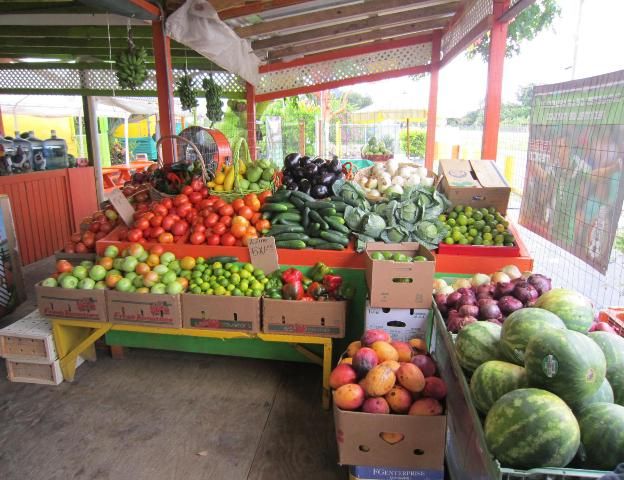
Credit: Q. Wang, UF/IFAS
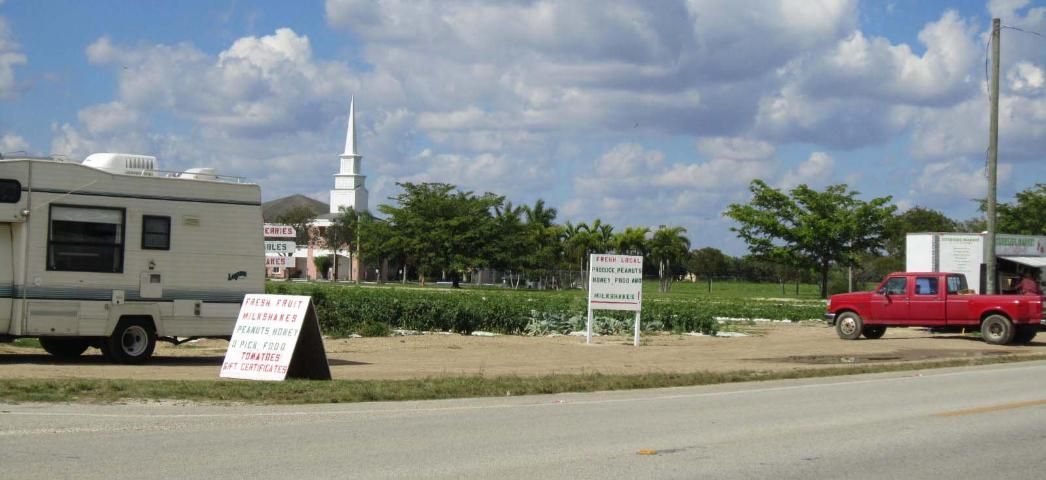
Credit: Q. Wang, UF/IFAS
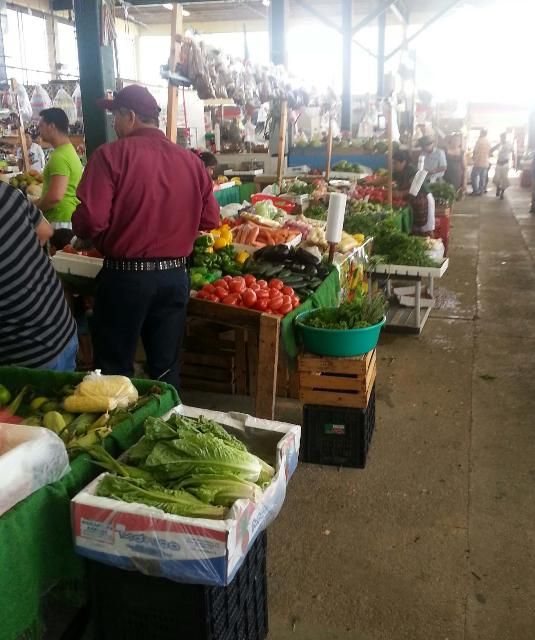
Credit: Q. Wang, UF/IFAS
However, selling vegetables to retailers or other indirect markets requires infrastructure for cold storage, sorting, grading, processing, and packing to keep produce fresh, which can also create more job opportunities. This is because most existing vegetable infrastructure in the US does not work well for local or regional producers. It might be too large to accept small amounts of product, too far away for small transportation networks to reach, or unable to preserve the local identity of the vegetable. Therefore, access to infrastructure can open up tremendous opportunities for the local economy. Processing whole products can help growers add value to their offerings; canning or freezing perishables helps consumers maintain access to local vegetables between growing seasons. Value-added products, such as pre-washed vegetables or jams and jellies, often can bring a better price to producers than the unprocessed product.
With appropriate infrastructure, vegetable hubs and terminal markets can be developed. A vegetable hub is a business or organization that actively coordinates the aggregation, storage, distribution, and/or marketing of locally produced vegetables. A vegetable hub system can help local producers reach a large range of markets through large-scale marketing, insurance, packaging, and other services. Vegetable hubs have a track record of contributing to the local economy and working well for small farmers. Terminal markets are storage and transportation facilities used to trade agricultural products in or near major metropolitan areas such as Miami, which can help local growers sell their products on a different scale.
Stewardship with Local Vegetable Production Systems
Local vegetable systems can help local producers implement sustainable practices on their farms. The USDA's Natural Resources Conservation Service (NRCS) offers cost-share assistance programs to local vegetable growers in implementing conservation practices on their farms to protect natural resources. For instance, during 2010 and 2011 about 4,500 high tunnel structures were supported across the country with financial assistance from such programs. As a result, producers have had 25% greater yields on average and have increased water use efficiency by over 30% (USDA 2012) after implementing Environmental Quality Incentives Program (EQIP) projects.
A local vegetable system can help producers bring gardens to people, enhance community gardens and urban agricultural activities, and provide children with access to a nutritious and safe diet. In addition, it can protect farmland from development. Land value is increasing, especially near large cities such as Miami, due to strong development pressure. USDA's NRCS has specific programs with some states, local groups, and volunteer landowners to purchase conservation easements and ensure that farms threatened by development pressure can afford to keep farming (USDA 2012).
Healthy and Safe Vegetable Access
One area in which a local vegetable system can make a major contribution is with regards to improving access to healthy and safe vegetables. Obesity has become an important concern across the country, especially for children and young adults. About 30% of all Americans between the ages of 2 and 19 are overweight or obese. Overweight children may experience high rates of heart disease, diabetes, and other chronic conditions. A lack of access to fresh and healthy vegetables is believed to contribute to the problem. In addition, elderly people and pregnant women are vulnerable to unhealthy and unsafe food. In 2010 alone, several USDA programs helped nearly 900,000 seniors and 2.15 million WIC (women, infants, and children) recipients to access fresh fruits and vegetables directly from local farmers at farmers markets.
Food safety is a major concern with respect to imported produce. According to the FDA, approximately 15% of the food Americans currently consume is imported, including about half of the fruits and vegetables eaten during the winter months. However, due to budget shortages, only 1%–2% of all food imports can be physically inspected each year (Schmitt 2014). The lack of an intensive inspection program for imported foods poses a higher risk to US Consumers. The Centers for Disease Control and Prevention has estimated that 1 in 6 Americans come down with a food-borne illness each year, with children, the elderly, and the infirm suffering disproportionately. Even foods grown in the US are not always safe. For instance, as many as 33 people died in 2011 after eating contaminated cantaloupe produced on a Colorado farm. However, local vegetable production systems, with their inherent transparency, allow consumer choice based on grower reputation and mutual trust. In addition, local systems reduce overall risks of food-borne illnesses by localizing and limiting the extensive exposure to the local area or region.
Efforts and Motivation to Promote Local Vegetable Systems
There are already both state and county programs to improve local vegetable systems. Local communities, vegetable growers, and business sectors have shown great interest in and motivation to improve local vegetable consumption. In contrast to most other states, Florida is able to naturally produce both winter and summer vegetables due to its great geographical variations, and the Florida Department of Agriculture and Consumer Services (FDACS) has had a promotional program to help individual growers access resources and market their products since 1990. The Florida Agricultural Promotional Campaign (FAPC), better known as "Fresh from Florida" (Figure 4), has become a powerful statewide program (FDACS n.d.). "Redland Raised" (Figure 4) is an excellent example in Miami-Dade County of a regional identity created to promote local fruit and vegetable production and consumption. This local branding initiative was created by Miami-Dade County and local producers, in conjunction with the State, to promote the "buy local" program (Dade County Farm Bureau n.d.) in order to raise awareness and identify locally grown produce to local residents. Other efforts, such as Community Supported Agriculture (Figure 5) and local produce booths at farmers markets (Figure 6), can help significantly promote local vegetable consumption and the local vegetable industry.

